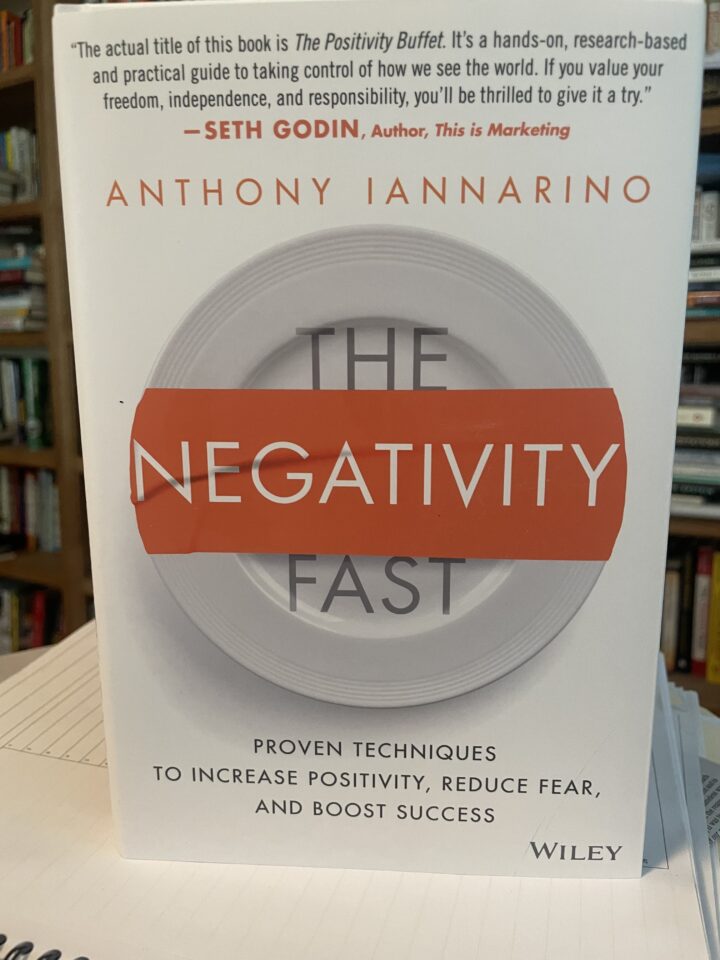You probably won’t read this entire post word for word. As a typical busy reader, you’ll skim it, or your mind will wander part-way through. That means you will probably miss out on at least part of my message, and my writing will not be as effective as it could be.
But that would be my fault, not yours. As a writer, it’s up to me to earn your full attention. If I want my writing to be effective, it’s up to me to make it worth your time, and to make it easy for you to read. I have to write for your wandering mind.
Studies show that minds wander about 1/3 of the time when reading. Once you accept this inconvenient fact, you will write to ensure that your message gets in, sticks, and generates a response. How? By following the principles described in the book, Writing for Busy Readers, by Harvard’s Todd Rogers and Jessica Lasky-Fink. They take a science-based approach to understand how busy readers engage with written information, to distill six simple but powerful principles for effective writing, three of which I cover below.[1]
Write for the wandering mind
Less is more. This bit of writing advice has been around so long that it has become a cliché. But the authors back it up with data. In one study, they sent 7,000 emails requesting the recipients to complete a short survey. One email was 127 words, the other 49. The concise version had almost double the compliance rate. Even more impressive is the study with a fundraising message. The initial wordy version was trimmed by arbitrarily deleting every other paragraph. Although readers found the concise version to be less coherent, it still raised 16% more money!
Words add up, and the potential reader may be deterred by the length of a message, and either not read it, or skip parts of it. One of the first things a reader notices about a message is its length, and they may skip or postpone those that seem like too large an expenditure of their time. To shorten your message you must consciously counteract the natural tendency when self-editing to add, rather than subtract, words.
Make reading easy. Admit it: have you ever pumped up your vocabulary to sound more intelligent? I have bad news: first, it doesn’t work. Second, it makes it less likely that readers will not only find it harder to understand, but it may deter them from even reading the whole thing. Some data again: simpler blogs get more likes and comments; tweets using shorter words get 75% more retweets.
The authors advise us: “If you take nothing else away from this book, we hope you’ll at least remember to ask yourself, ‘How can I make this easier for the reader?’ every time you write.” How? Use shorter words, and shorter and more direct sentences.
Tell readers why they should care. In my opinion this should be the first and most important principle. Readers will put up with a lot if they care about the value in the message, and will ignore the best-written material that does not seem relevant.
To ensure relevance, start by taking the reader’s perspective on the issue, or as I call it, outside-in thinking. Then, take care to see that every word addresses the principal question on the reader’s mind: “So What?” Third, emphasize which readers should care; personalize it as much as possible.
Who will get value from this book?
If you want to write more effective emails or social media messages to large groups, this book is perfect for you. Its major shortcoming, in my view, is that it is not tailored enough to a lot of the writing that businesspeople do: personalized messages to individuals or small groups, such as coworkers, customers, etc. For help in this area, I recommend Writing Without Bullshit by Josh Bernoff, and of course, Lean Communication by yours truly.
This is not a book about beautiful writing; it’s about effective writing. Above all, effective writing is useful, and it’s kind to the reader—because it lowers their stress by making it easy for them to understand and to act on. That also makes it useful to you as the writer, by increasing the chances that people will pay attention and agree to your requests.
If you’ve made it this far, I trust this post has been useful and kind. And effective.
[1] I chose these three because I feel they are the most important and deal more directly with your content. The fact that they track closely with my Lean Communication principles may just be a coincidence.






